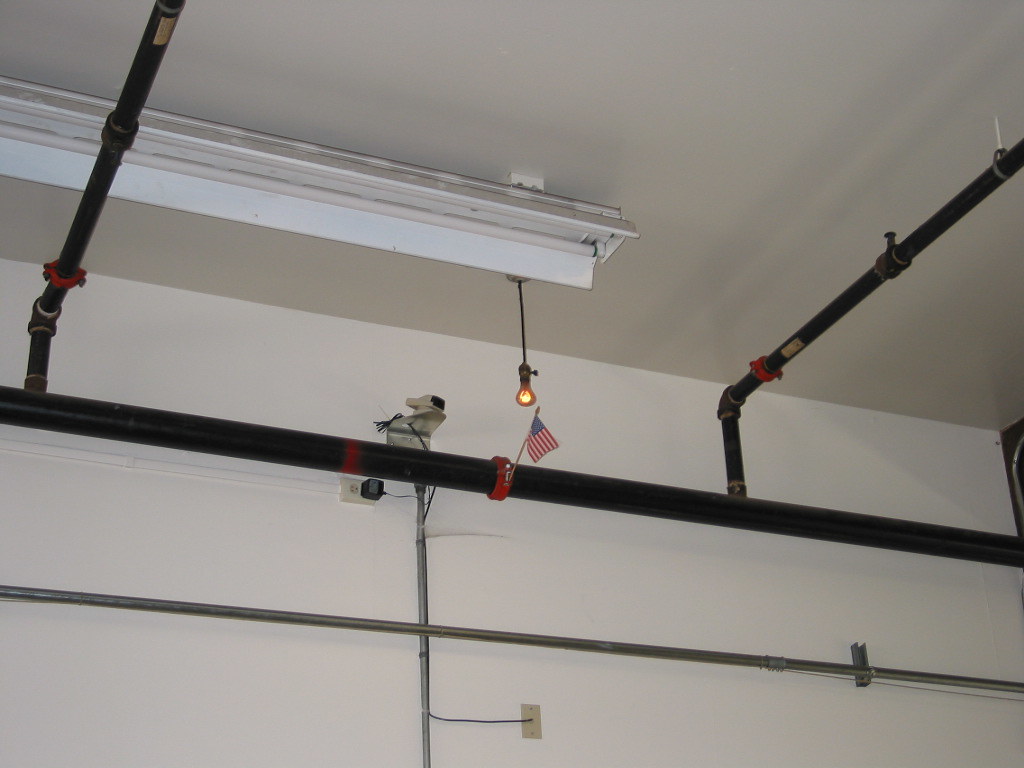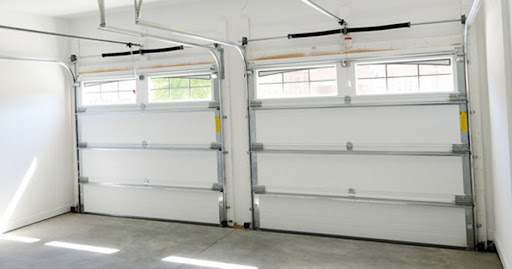Mastering The Garage Door Springs: A Complete Guide-
Garage door springs are the unsung heroes behind the smooth and efficient operation of your residential garage door. At Alliance Overhead Door in Austin, TX, we understand the importance of choosing the right type of springs and maintaining them for optimal performance. In this comprehensive guide, we’ll take a deep dive into the three main types of garage door springs and share essential tips on keeping your garage door in top-notch condition.

1. Torsion Garage Door Springs
Torsion springs are the workhorses of many residential garage doors.
Positioned horizontally above the door, these tightly wound springs store mechanical energy when the door is closed. As the door opens, the stored energy is released, helping to lift the door smoothly. Torsion springs are known for their durability, balance, and safety features.
2. Extension Springs
Extension springs are mounted on either side of the door track and stretch or extend when the door is closed. As the door opens, these springs expand to support the weight of the door. While extension springs are simpler in design, they require careful maintenance to ensure safe and efficient operation. They are commonly found in older garage door systems.

3. Hybrid Springs
Hybrid springs combine the features of both torsion and extension springs, offering the benefits of each while minimizing potential drawbacks. These springs provide a smoother operation, reduced noise, and enhanced durability. Although less common, hybrids are gaining popularity among homeowners seeking optimal performance from their garage doors.
Image Placeholder: [Illustration depicting the design of hybrid springs]
Lifespans for different types of garage door springs:
Torsion Springs: Torsion springs typically have a lifespan of 10,000 to 20,000 cycles. A cycle refers to one complete opening and closing of the garage door. With average use, this translates to approximately 7-14 years. High-quality torsion springs and proper maintenance can extend their lifespan.
Extension Springs: Extension springs generally have a similar lifespan to torsion springs, ranging from 10,000 to 20,000 cycles. Like torsion springs, regular maintenance and using the garage door within recommended weight limits contribute to a longer lifespan.
Hybrid Springs: Hybrid springs combine features of both torsion and extension springs, and their lifespan falls within a similar range, typically between 10,000 and 20,000 cycles. Proper care and maintenance are essential for maximizing their longevity.

It’s important to note that the number of cycles is just one factor influencing the lifespan of garage door springs. Other factors that can affect their durability include:
Care and Maintenance Tips
Regardless of the type of springs your garage door uses, regular maintenance is crucial for safety and longevity. For those of you looking to get the most out of your garage door springs, here are some essential care tips:
- Visual Inspection: Regularly inspect the springs for signs of wear, such as rust, corrosion, or deformation.
- Lubrication: Keep the springs lubricated to minimize friction and ensure smooth operation. Use a high-quality silicone or lithium-based lubricant.
- Professional Inspection: Enlist the expertise of Alliance Overhead Door professionals for a comprehensive inspection at least once a year. Our technicians are trained to identify potential issues and provide timely solutions.
Understanding the nuances of garage door springs is crucial for maintaining a safe and efficient residential garage door. We know garage door spring repairs, if you have torsion, extension, or hybrid springs, Alliance Overhead Door in Austin, TX, is your trusted partner for expert guidance and services. Contact us today for a free consultation and experience the difference of a well-maintained garage door system that will stand the test of time.
